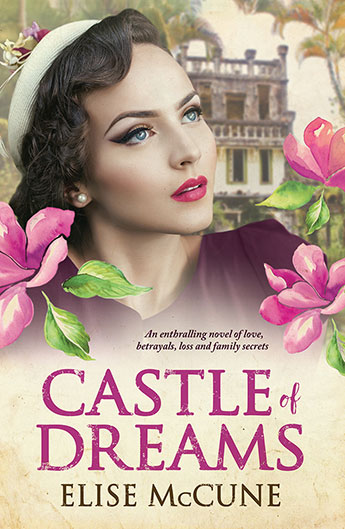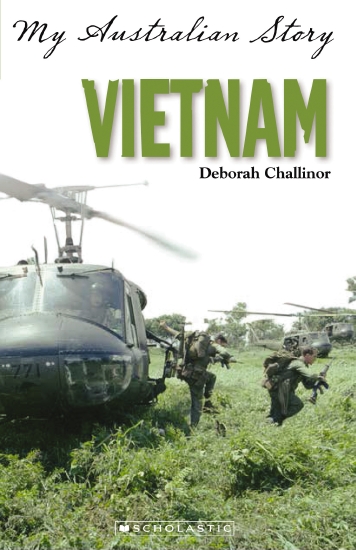 ‘I’m a spy,’ the man adds bluntly. ‘But I guess you’ve already figured that out – why else would an American be in Italy? And because of this unexpected twist of circumstances, my life is now in your hands. So it’s up to you to decide whether you owe me and will save my life. What’s my fate? Are you going to turn me in?’
‘I’m a spy,’ the man adds bluntly. ‘But I guess you’ve already figured that out – why else would an American be in Italy? And because of this unexpected twist of circumstances, my life is now in your hands. So it’s up to you to decide whether you owe me and will save my life. What’s my fate? Are you going to turn me in?’
The boy sighs heavily and shakes his head.
Since he was abandoned as a baby, Antonio’s life has never been easy, though his adoptive mamma loves him with her all her heart. Now, though, war has arrived and life is harder than ever. His only joy is drawing cartoons of the German soldiers, a joy which lands him in trouble. When he is rescued by an American spy, he finds unexpected pleasure in helping the man, even though it means putting his own life on the line.
The Boy and the Spy is an action packed adventure set against the backdrop of World War Two in rural Italy. As well as action, there is a a heart warming story of a boy’s struggle to belong. Young readers will be fascinated by this insight into wartime life, and the treatment of illegitimate children, worked into an absorbing adventure story.
Good stuff.
The Boy and the Spy, by Felice Arena
Puffin Books, 2017
ISBN 9780143309284



 There was a man standing in the alcove that led out onto the Golden Gallery’s walkway. His attention was fixed on the explosion, which meant he hadn’t seen her yet. At first she thought he was a fire watcher, stationed up the top of St Paul’s to protect it from burning. But, no, this man was a twilight visitor – a man of the dead, not the living – she could tell by his ashen hue. Everything was a muted shade in her world; it was how you could tell the living world from the the world of the dead.
There was a man standing in the alcove that led out onto the Golden Gallery’s walkway. His attention was fixed on the explosion, which meant he hadn’t seen her yet. At first she thought he was a fire watcher, stationed up the top of St Paul’s to protect it from burning. But, no, this man was a twilight visitor – a man of the dead, not the living – she could tell by his ashen hue. Everything was a muted shade in her world; it was how you could tell the living world from the the world of the dead.

 There was something rather splendid about this woman who would not have looked out of place in the pages of a magazine, but whom fate had put here, in the the East End, in a tube station with a cigarette in her mouth and a small child. It set her apart from the wretched mother and her five starving children.
There was something rather splendid about this woman who would not have looked out of place in the pages of a magazine, but whom fate had put here, in the the East End, in a tube station with a cigarette in her mouth and a small child. It set her apart from the wretched mother and her five starving children.
 ‘Robert. His name was Captain Robert Shine.’
‘Robert. His name was Captain Robert Shine.’ It’s supposed to be a fair way to decide who does national service and who doesn’t, but Mum reckons it isn’t. She says the fate of a mother’s son shouldn’t depend on a number picked out of a barrel. The marbles that go in the barrel have the days of the month on them. An agreed number of marbles are drawn out of the barrel, and if your birth date is on one, you’re ‘balloted in’.
It’s supposed to be a fair way to decide who does national service and who doesn’t, but Mum reckons it isn’t. She says the fate of a mother’s son shouldn’t depend on a number picked out of a barrel. The marbles that go in the barrel have the days of the month on them. An agreed number of marbles are drawn out of the barrel, and if your birth date is on one, you’re ‘balloted in’.